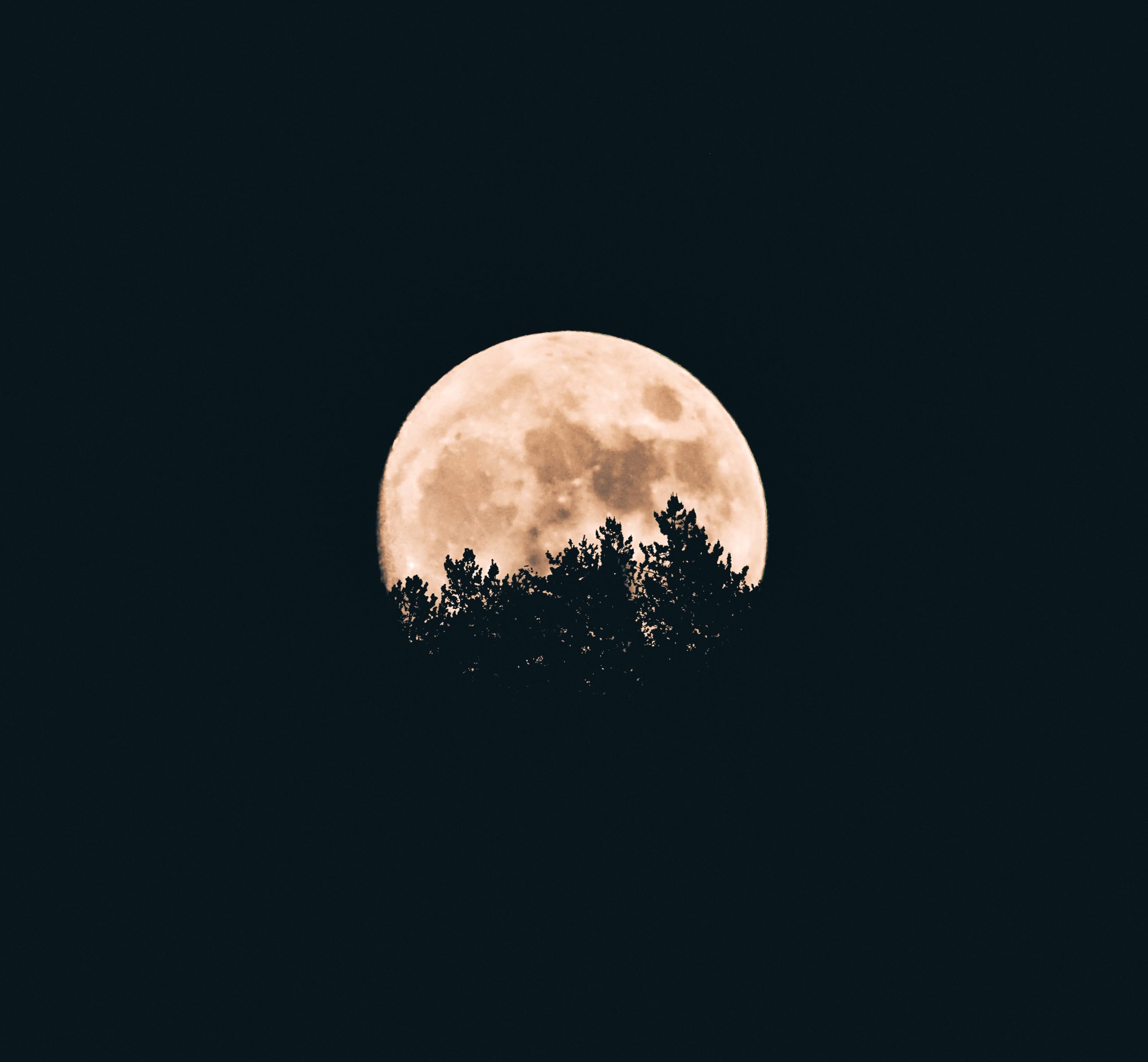Different Shapes of the Moon as Seen from Earth
The moon, Earth’s natural satellite, is a fascinating celestial object that has captivated human minds for centuries. We have observed it change its shape from night to night, cycling through a series of distinct phases. These phases, collectively known as lunation, give rise to the different shapes of the moon as seen from Earth. In this blog post, we will delve into the details of these shapes and explore the science behind them.
The Phases of the Moon
The moon does not emit its own light but instead reflects sunlight. As it orbits around the Earth, the amount of the moon’s illuminated surface visible to an observer on Earth changes, leading to its different phases.
The eight primary phases of the moon, in order, are:
- New Moon: In this phase, the moon is positioned between the Earth and the sun, with its dark side facing us. The side of the moon receiving sunlight is entirely hidden from view.
- Waxing Crescent: A small illuminated portion of the moon starts to become visible as it moves away from the new moon phase.
- First Quarter: At this point, exactly half of the moon’s illuminated area is visible from Earth. This phase is also known as the half-moon.
- Waxing Gibbous: The illuminated area of the moon continues to grow, but it is still short of full illumination.
- Full Moon: The entire illuminated side of the moon is visible, making it appear as a complete circle. This is the phase when the moon lies opposite the sun in relation to the Earth.
- Waning Gibbous: Following the full moon, the illuminated area gradually starts to decrease.
- Last Quarter: Similar to the first quarter, exactly half of the moon’s illuminated area is visible, but on the opposite side. This phase is also called a half-moon.
- Waning Crescent: Only a small portion of the moon’s surface is still illuminated as it approaches the new moon phase again.
The Geometry Behind Lunar Phases
The changing shapes of the moon are a result of its orbital motion around the Earth combined with the varying angle of sunlight falling on its surface. The moon’s orbit is elliptical, but for simplicity, let’s consider it as a circular path. As the moon orbits, the angle between the Earth, moon, and sun changes, causing the moon to appear differently to observers on Earth.
When the moon is at the new moon phase, it is positioned on the same side of the Earth as the sun. This means the sunlight falls entirely on the side of the moon facing away from us, making it appear completely dark. As the moon moves along its orbit, more of its illuminated surface becomes gradually visible from Earth.
At first quarter, the moon is located at a right angle to the Earth and the sun. This alignment causes exactly half of the moon’s illuminated area to be visible, resulting in the appearance of a half-moon shape. The same occurs at the last quarter, but with the illuminated area on the opposite side.
During the waxing and waning crescent phases, the moon is positioned at angles where only a small part of the illuminated side is visible. These thin crescent shapes are due to sunlight grazing the edge of the moon’s surface as seen from Earth.
Finally, at the full moon phase, the moon is located on the opposite side of the Earth from the sun. This alignment allows the entire illuminated surface of the moon to face us, creating the beautiful, rounded shape we associate with a full moon.
The Impact of the Moon’s Tilt
While the primary phases of the moon remain the same, there can be slight variations in their appearance due to the moon’s tilt. The moon is tilted by about 5 degrees in relation to the Earth’s orbit around the sun. This tilt causes the moon to move slightly up or down relative to the Earth’s equator as it orbits, resulting in slight deviations in the observed shapes of the moon.
Additionally, the moon’s orbit is not perfectly aligned with the Earth’s orbit around the sun. This means that the angle between the Earth, moon, and sun can vary, leading to minor differences in the timing and appearance of the moon’s phases.
Conclusion
The different shapes of the moon as seen from Earth are a beautiful consequence of the interplay between the moon’s orbital motion, the angle of sunlight, and the position of the Earth. From the dark and mysterious new moon to the brilliant and complete full moon, each phase offers a unique visual experience.
Understanding the science behind these lunar phases allows us to appreciate the beauty of our celestial companion and serves as a reminder of the countless wonders that our universe holds.
Table of Contents
